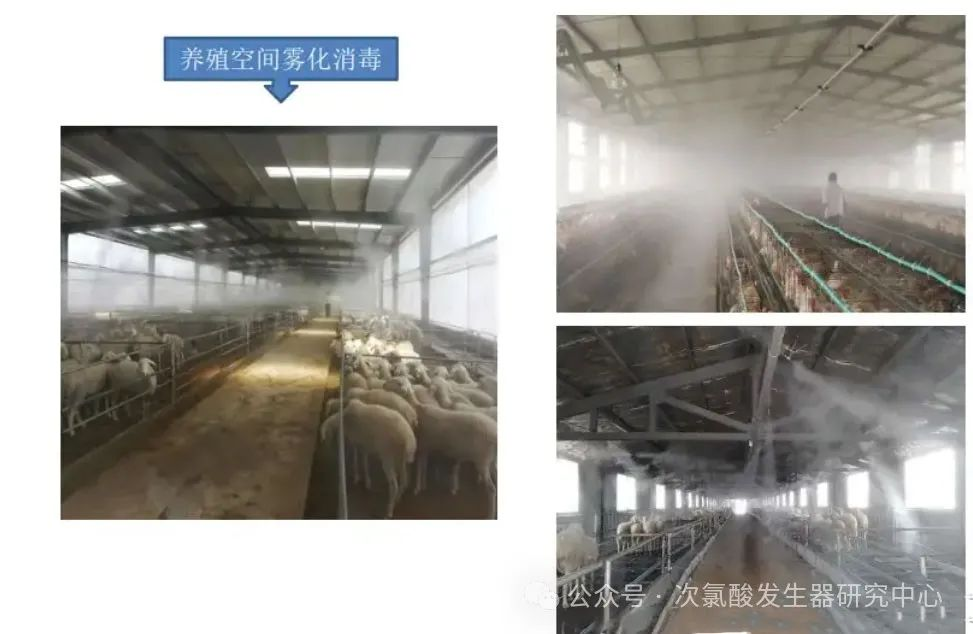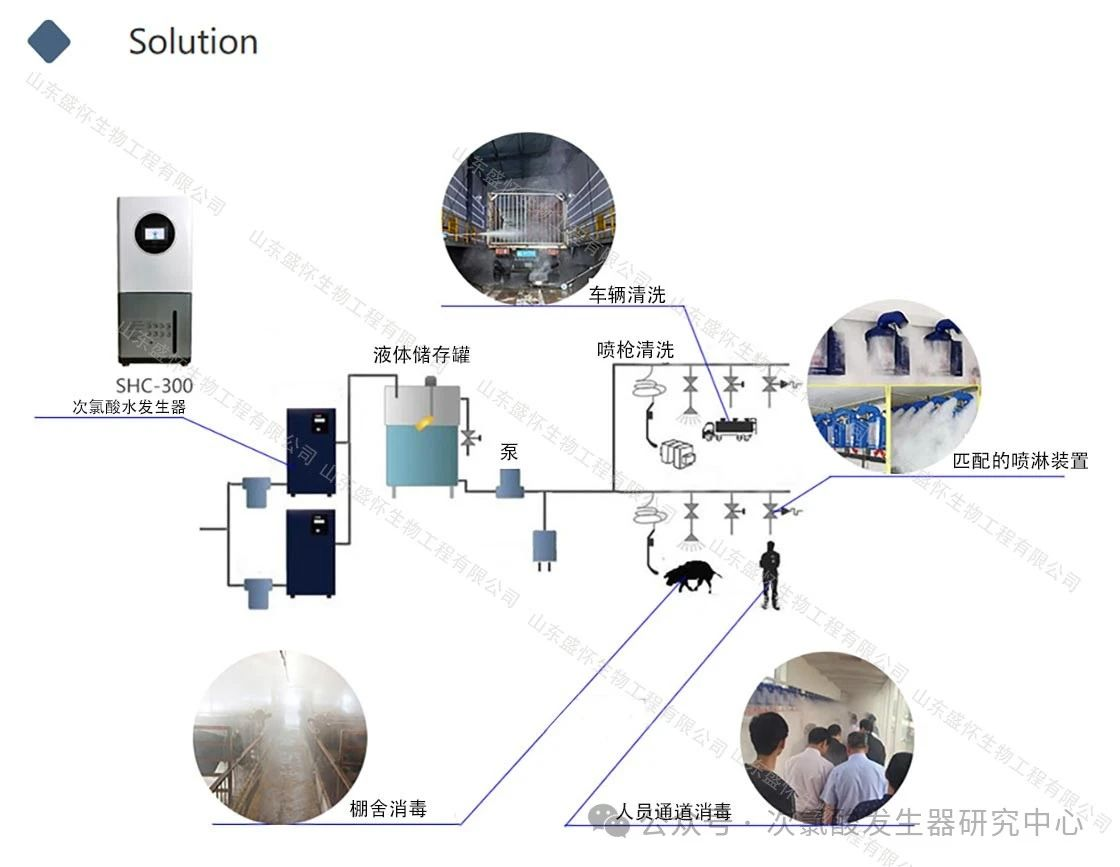The main sources of ammonia
There are two main sources of ammonia:
1. Intestinal ammonia emissions. Proteins, peptides, amino acids and other nitrogen-containing substances are decomposed or deaminated by bacteria in the intestines. In addition, the deamination of amino acids in various tissues in the body also produces endogenous ammonia. Some of this endogenous ammonia is absorbed by the intestines and counted into the blood to form blood ammonia, while the other part is directly excreted from the body with feces and distributed in the air of the farm.
2. Urea decomposition. A large amount of urine is discharged from the farm every day. The urea in the urine degrades in the external environment to produce ammonia gas, which evaporates quickly. The larger the amount, the heavier the smell. If the ventilation is good, more urine is discharged. The remaining ammonia in the feces is degraded by some bacteria to produce ammonia gas.
The hazards of ammonia can be divided into the following categories
1. Induce respiratory diseases. Ammonia is easily adsorbed on moist eye membranes and respiratory mucosa, easily forming NH4+ (ammonium ions), which are alkaline and corrosive. The alkaline irritation of ammonia is very strong. Continuous irritation and damage to the respiratory mucosa may cause respiratory distress, coughing, edema, conjunctiva and respiratory epithelium, congestion and inflammation. Destroy the first and second defense barriers of the respiratory system, induce atrophic rhinitis and cilia loss, reduce the resistance and immunity of pigs and poultry, and cause bacteria and viruses in the air to enter the lungs directly.
2. Decreased intestinal function. Irritating ammonia in the intestines can cause the intestinal wall to thicken, hindering the absorption of nutrients, and increase the pH value in the intestines, making it easier for bacteria to grow and multiply, breeding various bacterial diseases in the intestines.
3. High concentrations of ammonia will reduce blood oxygen concentration, affect the growth and development of animal fetuses, and reduce the survival rate of poultry. In addition, newborn animals or animals about to give birth, that is, fetuses that have not yet come out, will increase the stillbirth rate due to prolonged lack of oxygen. High blood ammonia concentrations will interfere with brain nerve transmission, leading to reduced feed intake, lethargy and other symptoms in livestock and poultry. At the same time, excessive ammonia concentrations will corrode breeding equipment, and the mechanical damage and maintenance rates are high. Long-term exposure to such an environment will also have a negative impact on the breeder's body and mind. At the same time, the pungent odor of the farm is more likely to be complained about and receive bad reviews , etc.
Hypochlorous acid deodorization solution
Hypochlorous acid (HCLO) has a strong oxidizing ability. After coming into contact with microorganisms, it quickly destroys the cell membranes of harmful microorganisms, making it impossible for the proteins and DNA in the cells to perform normal biochemical activities, resulting in the death of microorganisms and sterilization. At the same time, hypochlorous acid can effectively decompose ammonia (NH3) and hydrogen sulfide (H2S), effectively removing odors.
1. Removes paddock odors and keeps paddocks odor-free; after continued use, odors are significantly reduced and complaints are almost zero
2. Effectively inhibit the reproduction of harmful bacteria and viruses, prevent and control the occurrence of major diseases in modern agriculture, and reduce the risk of livestock diseases
3. Stabilize the microecological balance in the paddock and promote the healthy growth of livestock; safe, environmentally friendly and healthy breeding
4. Improve the immunity of pigs and chickens, increase the birth rate, increase the survival rate, reduce the incidence of poultry to almost zero, and reduce the occurrence and spread of diseases
5. Shorten the breeding cycle, market pigs and chickens earlier, and significantly reduce the mortality rate of pigs and chickens.
6. Reduce the cost of antibiotics and other drugs by 90%~100%, change the high cost and risk of drug breeding, and no longer poison each other!

Hypochlorous acid generator can be equipped with high-pressure micro-mist for deodorization of livestock breeding. Chlory provides an integrated solution.

Contact:
+86 157 8668 8998
